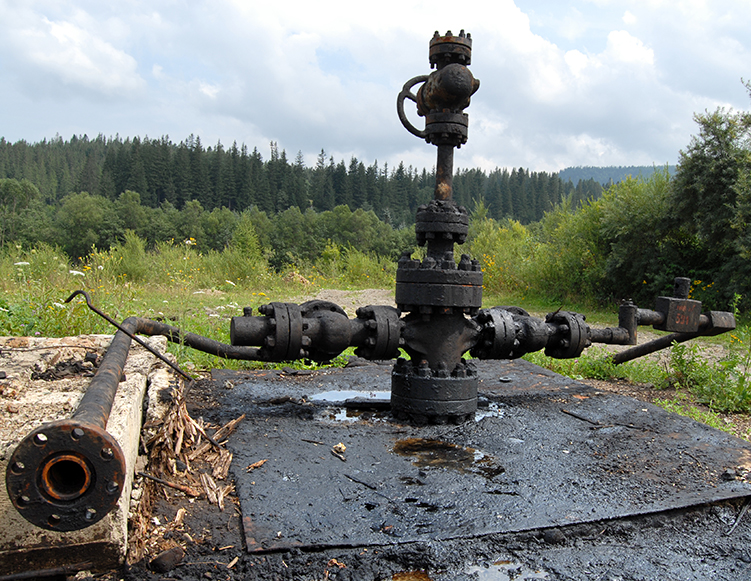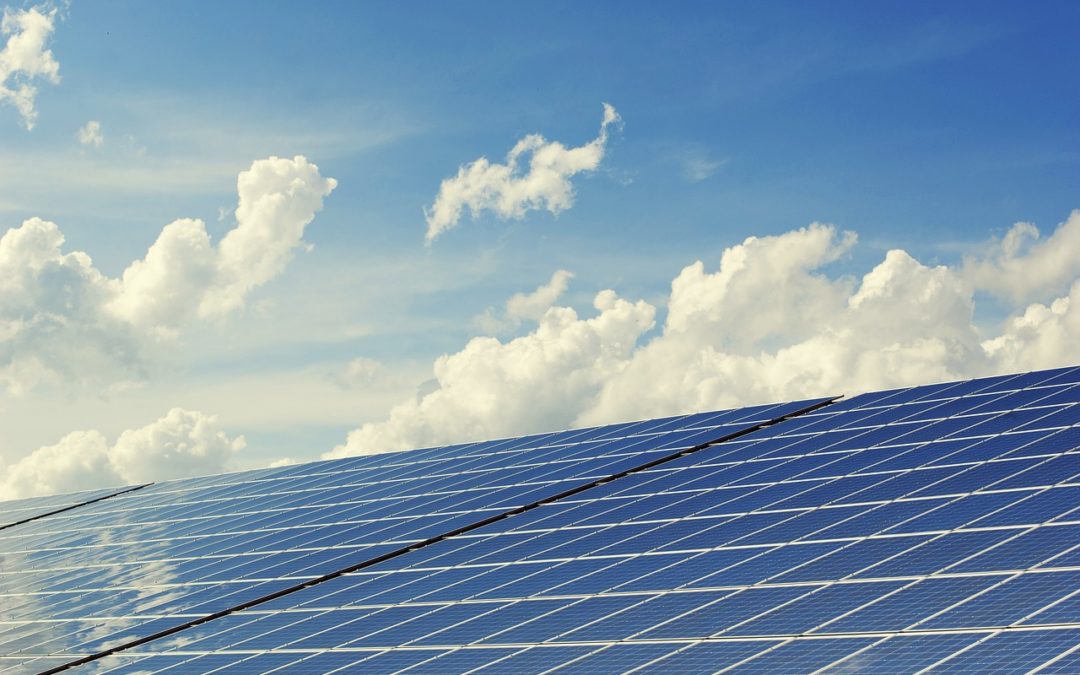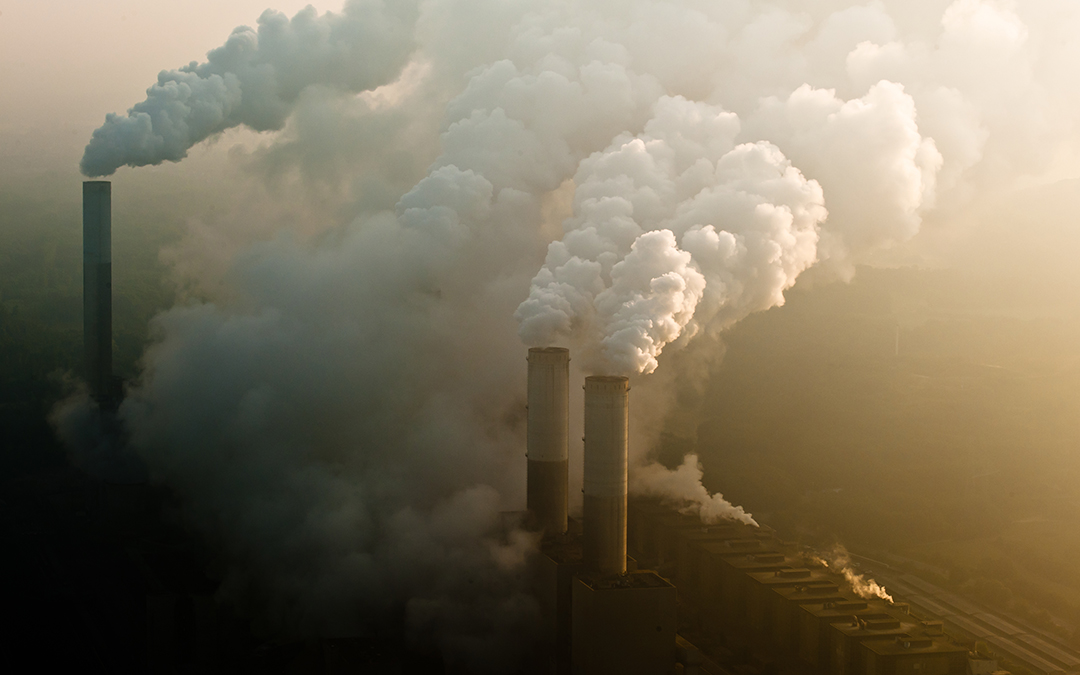
by djenkins | Oct 25, 2023 | Fuel Efficiency, Oil and Gas, Pollution, Renewable Energy, Uncategorized
PRESS RELEASE October 24, 2023 CRS Releases “Restoring Accountability” Follow-up Report on Taxpayer Exposure from Orphaned Oil and Gas Wells Conservatives for Responsible Stewardship (CRS), a national grassroots organization with more than 23,000 members, has produced a new report following up on its 2021 report Broken Promises, which detailed the staggering taxpayer exposure from orphaned and abandoned oil and gas wells. “Despite agreeing, as a condition of their drilling permit, to fully clean up and plug well sites once they are finished using them, oil and gas companies regularly skip out on that obligation, leaving us taxpayers on the hook for billions of dollars in clean-up costs,” explained CRS president David Jenkins. This new report, with updated data, underscores how this fiscal burden on taxpayers continues to grow and explains how long overdue new rules proposed by the Department of Interior (RIN 1004–AE80) to significantly increase its oil and gas program bonding requirements can help. In Broken Promises, we reported that at the end of FY2020, there were more than 96,000 “producible and service wells” on federal public lands, which could leave U.S. taxpayers on the hook for as much as $13.7 billion in future clean-up costs. Since then, BLM has approved more than 11,200 additional permits for oil and gas companies to drill new wells on federal public lands—wells that, without federal bonding reform in place, potentially exposing U.S. taxpayers to an additional $1.6 billion more in clean-up costs. Taxpayers could eventually have to pony up as much as $15 billion, and that does not account for any potential...

by David Jenkins | Sep 21, 2022 | Oil and Gas, Renewable Energy, Uncategorized
With economy-wide inflation still plaguing us and stretching paychecks thin, we should be paying extra close attention to energy prices. The cost of energy affects the price of almost everything. In the transportation sector, high fuel prices increase the costs of getting products to market or directly to your home. High electric and natural gas bills contribute to inflation not only by raising the cost of doing business, but also by directly increasing the cost of powering your home. In both cases, the higher prices can be attributed largely to the fact that fossil fuels are global commodities with their price set by international markets. That means that events virtually anywhere in the world can increase our energy costs here in the United States. The recent spike in these energy costs are tied directly to Russia’s invasion of Ukraine. Sanctions on Russian energy in response to the invasion—and retaliatory measures by Russia—have tightened oil supplies and greatly increased Europe’s demand for U.S. natural gas. Russia is a major energy producer, and over the years, Europe became heavily dependent on Russia for its oil and natural gas supplies. Europe has finally woken up to the strategic vulnerability posed by being over reliant on Russian energy, and is now turning to the U.S., the world’s leading producer of natural gas (Russia is second) to help wean itself off of Russian natural gas. That has dramatically changed the natural gas market here. For a long time we had to use all of the gas we produce domestically because there was no way to ship it overseas, which kept our natural gas prices...

by David Jenkins | May 6, 2021 | Renewable Energy
As conservatives, we firmly believe in capitalism and the free market. The mantra “follow the market” instinctively makes sense to us. However, to do that, we must understand and accept what the market is telling us. The energy market has always changed over time. When our country was founded, the primary energy source used was wood. Water mills also played a role for a while. Then the use of coal began to dominate starting in the late 19th century. Oil has played a big role as well, but mostly in the transportation sector. The widespread use of electricity changed the energy picture dramatically. Instead of being burned in homes, coal was used to fuel power plants. Midway through the twentieth century, nuclear power emerged as another option for generating electricity. Over the past two decades, natural gas gradually gained the upper hand over coal and nuclear as the primary fuel stock for electric power plants. Gas burns cleaner and has logistical advantages over coal, while nuclear has been hampered by cost and safety concerns. Today, advances in solar and wind energy, along with similar advances in energy storage technology have vaulted those energy options over those more traditional sources in both cost and reliability. Part of the reason this is happening is that coal and gas fired power plants have become more expensive to operate and maintain as they age. This is a big deal, because 88% of our nation’s coal-fired power plants, which have a 40-year life expectancy, were built between 1950 and 1990. The average age of our nation’s natural gas plants is 22 years old—and they...

by djenkins | May 4, 2020 | Pollution, Renewable Energy
Nothing quite sharpens one’s focus on the importance of clean air quite like a respiratory illness that exploits lungs damaged—and made more vulnerable—by pollution. A recent study out of Harvard found that even a small increase in long-term exposure to air pollution significantly increases one’s risk of dying from COVID-19. The study focuses specifically on exposure to fine particulate matter (PM2.5), which includes the visible air pollution from vehicle exhaust and coal-fired power plants. These tiny particles of pollution are able to travel deep into one’s respiratory tract and reach the lungs. Exposure to PM2.5 is already known to cause inflammation and cellular damage. Evidence suggests that it may also suppress early immune response to infection. This pollution has been linked to many of the pre-existing conditions that increase mortality among those with COVID-19. The Harvard study, which analyzed 3,080 counties across the U.S., found that coronavirus patients in areas that had high levels of air pollution before the pandemic are more likely to die from the infection than patients in parts of the country with cleaner air. This should be a huge wake-up call to all of us, especially those who have not previously been concerned all that much about air pollution and how it affects their health. The study gives added urgency to expanding our use of renewable energy and electric vehicles (EVs). Having cheap, reliable, and clean electricity is important in the best of times, but it becomes most critical in times like these, where we face fear, uncertainty, and economic hardship. The energy market has changed dramatically in recent years, with solar energy emerging as...

by djenkins | Jun 17, 2019 | Renewable Energy
For more than a century, Americans have been conditioned to think of coal as a cheap and abundant energy source—and for much of that period it was true. However, the passage of time can change such things, and it has. Big time. Today’s reality is, as the nation’s aged coal-fired power plants continue to get older, using coal for electricity generation has gotten more and more expensive. Like cars, homes, or most anything else, coal plants require more investment in repairs and maintenance as they age. These investments become an ever-greater portion of the power generation cost. In Arizona, a recent filing by Tucson Electric Power (TEP) shows just how dramatic this reality is affecting the price of coal-generated electricity. TEP projects that the 2020 to 2030 cost of electricity from two of the primary coal plants it relies on, Four Corners and San Juan, will be $80 per megawatt hour (MWh) or more. In its cost chart (see below), TEP also projects power from new combined cycle gas plants to cost more than $50 per MWh, while solar power comes in at only $29 per MWh. Regardless of where you live, if coal is a big part of your utility’s power mix, odds are it is causing your electricity rates to be higher than they should be. The investment firm Lazard Asset Management, which keeps track of global energy prices, reports that the cost for electricity from coal-fired power plants can run as much as $143 per MWh. By contrast, many solar contracts, especially in the Western U.S., are selling electricity for less than $25 per MWh....

by djenkins | Apr 23, 2019 | Renewable Energy
With an unprecedented level of bi-partisan support, both houses of the Nevada legislature have passed a bill to establish a state renewable energy standard of 50 percent by 2030. The vote was unanimous, with “yea” votes recorded by every Republican and Democrat in the Nevada Senate and General Assembly. The legislation (S.B. 358), which also sets a goal of 100 percent renewable energy by 2050, was signed into law by Governor Sisolak on April 22. Given Nevada’s tremendous solar and geothermal energy potential, the low costs of these energy sources, and the state’s urgent need to diversify away from expensive natural gas generation, passing this legislation was the smart and conservative choice. Currently, Nevada depends on out-of-state natural gas for more than two thirds of its electricity generation. This makes no sense for a state that has unrivaled solar and geothermal resources–even more so, now that electricity generated by these renewables is cheaper than electricity generated using natural gas. Even new solar plants with storage are beating the price of gas-generated power. Also, since the price of natural gas is projected to double between now and 2030, Nevada residents were facing significant electricity rate increases. Solar energy, by contrast, is forecast to continue getting cheaper. CRS has been sounding the alarm about Nevada’s risky over-reliance on natural gas and the lack of diversity in its electricity portfolio for several years. It is gratifying to see the state take this prudent action to address that problem. There are still some on the political right, mostly those with close ties to special interests, who still peddle tired old canards that renewable...








